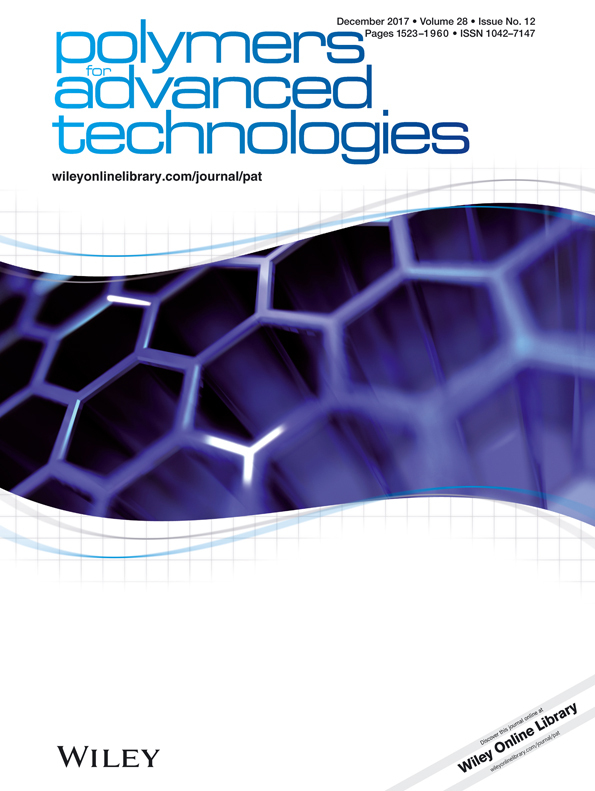Epoxy composites with ceramic core–shell fillers for thermal management in electrical devices
Abstract
In this work, a novel core–shell material has been manufactured in order to enhance the thermal conductivity of epoxy-based composites. The polymer derived ceramics technique has been used to produce fillers whose core is composed of a standard material – silica, and whose outer layer consists of a boron nitride or silicon nitride shell. The synthesized filler was characterized by infrared spectroscopy, X-ray diffraction, and scanning electron microscopy coupled with an energy dispersive spectroscopy analysis. The successful formation of core–shell structure was proven. Composite samples based on an epoxy resin filled with 31 vol% of synthetized core–shell filler have been investigated in order to determine the effective thermal conductivity of the modified system. The resulting core–shell composite samples exhibited improvements in thermal conductivity of almost 30% in relation to standard systems, making them a promising material for heat management applications. Additionally, the temperature dependence of the thermal conductivity was investigated over a broad temperature range indicating that the thermal behavior of the composite with incorporated core–shell filler is stable. This stability is a crucial factor when considering the potential of using this technology in applications such as electronics and power systems. Copyright © 2017 John Wiley & Sons, Ltd.




